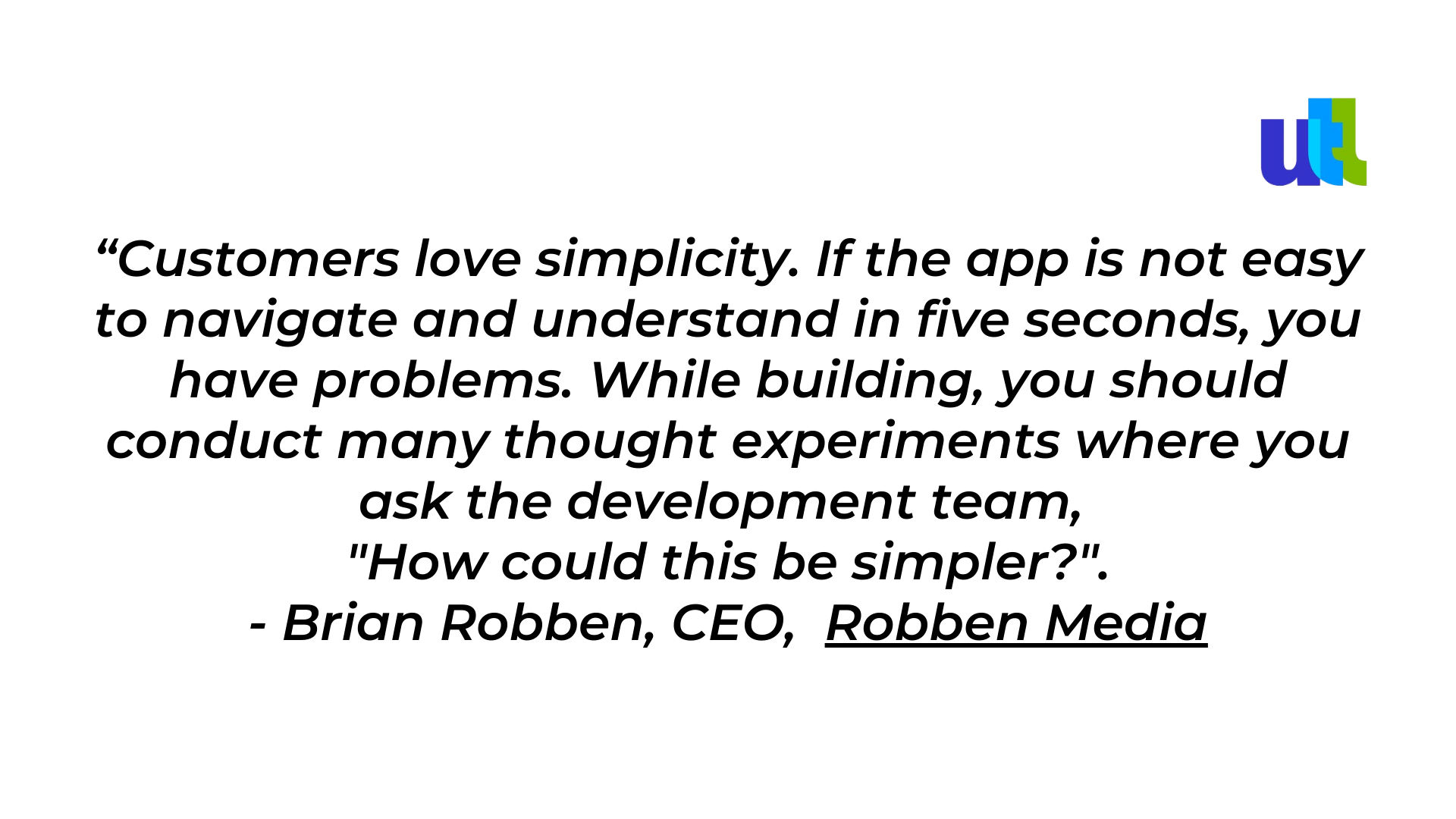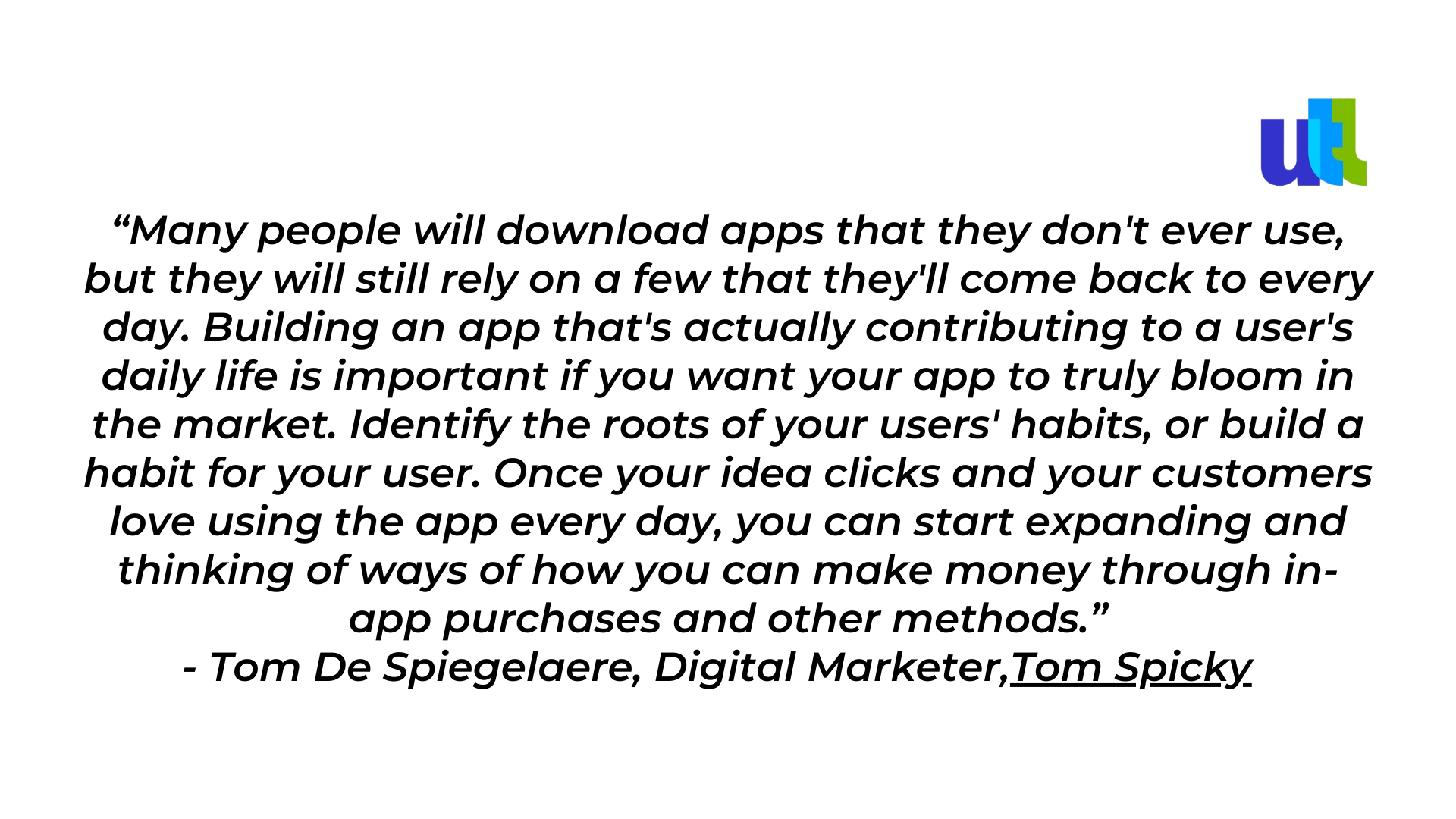Today, in a world dominated by more than 200 billion mobile apps, we spend over 3 hours daily engaged in apps – be it gaming, social networking, or productivity tools. With projections indicating mobile apps could generate an astonishing $613 billion by 2025, the importance of not just conceptualizing but also executing a compelling app idea becomes paramount.
However, creating a user-favored mobile app involves much more than a good idea; it requires strategic planning, understanding the target audience, and, importantly, choosing the right type of app development that aligns with your goals, budget, and the features you wish to offer.
The mobile app market is segmented primarily into three types of apps: native apps, web apps, and hybrid apps. The differences among these are not just technical but also related to how users interact with them and the business objectives they serve.
1. Native Apps:
- Tailored for Specific Platforms: Native apps are crafted specifically for a single platform, typically iOS or Android, leveraging the platform's full spectrum of features and capabilities. They offer a high degree of performance and can provide a rich user experience by accessing device-specific hardware and software, such as the GPS, camera, microphone, etc.
- Language Variety: These apps are coded in platform-specific programming languages, which vary from Java, Kotlin, and Swift, to Objective-C, C++, React, and more. The language used can significantly impact the app's performance and the developer's ability to fine-tune the app's features.
2. Web Apps:
- Universal Access: Web apps operate across web browsers and are not limited by device or operating system. Built using HTML, CSS, and JavaScript, these apps are essentially websites that emulate a mobile app's look and user interaction.
- Connectivity Dependent: Their major drawback is the reliance on a strong network connection. Given that the personal databases for these apps are stored on servers, user experience might suffer in areas with poor connectivity.
3. Hybrid Apps:
- Best of Both Worlds: As the name suggests, hybrid apps are a fusion of native and web apps. They are developed using standard web technologies and also have access to native APIs, allowing them to be installed on devices just like native apps.
- Cross-Platform Optimization: Examples like WordPress and Google indicate their versatility; they can be seamlessly optimized for both desktop and mobile use.
In contemplating the type of app suited for your project, consider the platform used by your target audience, the specific features your app requires, and your available budget. For instance, if your audience is predominantly on iOS devices, a native iOS app might be your best bet. However, if they're scattered across various platforms, a hybrid app could be more advantageous.
Mobile Application Development Programming Languages:
Understanding the technical side of app development is equally crucial. The choice of programming language not only shapes the app's functionality but also influences its performance and scalability.
- JavaScript: Known for its versatility, JavaScript offers faster browsing to users. It's an excellent choice for those seeking minimal deviation between different browser experiences.
- Python: Renowned for its flexibility, Python is instrumental in developing scalable apps. It's behind popular apps like YouTube, Pinterest, and Instagram and supports GUI applications, making it ideal for multi-platform optimization.
- C++: With its built-in libraries and compilers, C++ ensures a swift and stable user experience. Its universal nature means apps developed with C++ can be optimized for any platform, and knowledge of C++ can pave the way for learning other languages like Java, C, and C#.
- C#: Preferred for mobile development, C# enables quicker deployment and is a favorite among developers for mobile application creation.
By choosing the appropriate type of app and the right programming language, developers and businesses can pave the way for an app that resonates with users and stands the test of time. Whether you opt for a native, web, or hybrid app, the key lies in creating an engaging, seamless user experience that keeps your audience coming back for more.
Industry experts highlight:
A concerning statistic reveals that about 71% of app users stop using the app within the initial 90 days. This highlights a significant challenge for businesses: they have a limited time to win over users who won't hesitate to leave if the app doesn't measure up.
In the bustling world of mobile apps, where companies face tough competition and high expectations for quality, standing out can seem like a daunting task. However, it's not impossible. Big names like Facebook, Spotify, Instagram, and TikTok have successfully carved out their niche, achieving user retention rates that many tech leaders aspire to. So, how do they achieve this?
To get some answers, we reached out to industry experts for their advice on creating a mobile app that truly connects with users, from the drawing board to its debut.
1. Embrace the KISS Paradigm:
Key to success is simplicity. Avoid overcomplicating the user experience with redundant features. Noteworthy apps like Instagram and TikTok initiated with elemental functionalities that resonated with users, creating an immediate connection.

2. Prioritize the End-User:
Engage customers actively in the app's developmental journey. Their feedback is invaluable for creating an app that is genuinely user-centric.
3. Address a Genuine Concern:
Users remain loyal to apps that resolve specific challenges. Start by addressing a core problem and then iteratively enhance the offering based on user feedback.
4. Integrate into Daily Routines:
An app that aligns with daily habits becomes indispensable, cementing user trust and loyalty.

5. Prioritize Security:
Earning users' trust hinges on robust security protocols to safeguard sensitive data.
6. Stay Focused:
Concentrate on perfecting a core feature before diversifying. A well-executed feature can serve as a unique selling proposition.
7. Optimize Usability:
An intuitive user experience (UX) and a cohesive user interface (UI) can significantly elevate the user's journey.
8. Endorse Rigorous Testing:
Ensure a glitch-free user experience through rigorous quality assurance, combining manual and automated testing modalities.
If you are interested to create your app or would like to learn more about delivering quality to your users and driving product ROI as a result, speak to one of our UtahTechLabs experts today. Our seasoned team at UtahTechLabs provides comprehensive guidance throughout the development, ensuring you preventing potential pitfalls and debut an exceptional product. Ready to make the leap? Get in touch.
It's the design of the app that makes it fun and easy to use, not just practical. The best apps out there don't just work well; they feel right and become a go-to in our everyday routine.
We have provided some of the most captivating tips for App design, take a look.
Top tips from business leaders for App design:
Prioritizing App Features
The space on a smartphone screen is limited and very valuable. Ensure every element you add is essential and serves a purpose. This not only keeps your app neat but also makes you evaluate its features. Ask yourself: Does your contact form need 10 fields or is three sufficient? Can your logo vanish as users scroll, giving more prominence to other features? Streamlining features helps place calls-to-action effectively, offering a seamless app experience from start to finish, and fostering user connections.
Opt for User-Friendly Touchpoints
Ensure touchpoints are sized generously to avoid unintended taps – a common user frustration. Aim for at least 10 mm sized controls and space them adequately. In apps or online stores, this significantly affects conversions and user satisfaction.
Intuitive and Streamlined Navigation
Users should navigate your app effortlessly. Common patterns, like a hamburger menu, are often preferred over sidebar navigation. And don't forget a recognizable logo to anchor your brand. Efficient navigation means users can achieve their goals quickly. Always indicate their current position in the app and offer feedback on interactions.
Prioritize Text Readability
Text clarity is paramount. If users struggle to read, it diminishes their experience. Opt for fonts enhancing readability. For instance, use San Francisco for iOS apps and either Noto or Roboto for Android.
Embrace Strong Color Contrasts
A minimum contrast ratio of 4.5:1 ensures your content is legible and accessible. Good contrast aids visibility even under challenging viewing conditions, like bright sunlight. Dive deep into color psychology to leave a lasting impact.
Engage in Familiar Language
Avoid technical jargon. Speak in the tone your audience recognizes and resonates with. Stick to familiar symbols and icons, barring key brand elements.
Feedback Enhances Engagement
Consistent feedback is crucial for a stellar user experience. Avoid dead-end screens that confuse users. Feedback, be it animated or static, should be a mix of text and symbols, guiding users on their journey.
Keep Users Within Your App
Forcing users to leave your app for key actions is a design misstep. While giants like Facebook or Netflix might get away with it, newer apps should aim to offer comprehensive in-app experiences.
Limit Typing Demands
Given the compact nature of mobile screens, lengthy typing can deter users. Simplify forms and offer options instead of open-ended questions. When necessary, spread forms across pages for a more pleasant design.
Seamless Experience Across Devices
Users often switch devices. If your app ensures uninterrupted synchronization across devices, it boosts user trust and retention. This transition becomes smoother, reducing the mental effort for users.
Constantly Evaluate Design
Users often multitask on their phones, making app testing more nuanced than it seems. Utilize tools like heat maps and event tracking to gauge real-world user behavior. Remember, app design isn't static; regular updates and improvements are vital for its evolution and user satisfaction.
To sum it all up, the art of crafting a user-favored mobile app isn't just about innovative ideas. It's a fusion of understanding your target audience, making strategic technical choices, and ensuring the user experience remains paramount. The choice between native, web, and hybrid apps, paired with the appropriate programming language, lays the foundation for an app that can resonate and evolve with users. Moreover, incorporating industry expert insights and business design tips is instrumental in setting an app apart in a saturated market. The emphasis on simplicity, user-centricity, security, and impeccable design remains irreplaceable.
Dive into the app creation journey equipped with knowledge and foresight. Whether you're embarking on your first app or looking to enhance an existing one, UtahTechLabs offers a comprehensive guidance that champions quality and user experience. Let's turn your app idea into a user-favored reality.
For free consultation on the user-favored mobile app, click here.
----------------------------------------------------------------------------------------------
View the full presentation:
WRITTEN BY
Milda Butkeviciute
2023-11-01














































































































































































